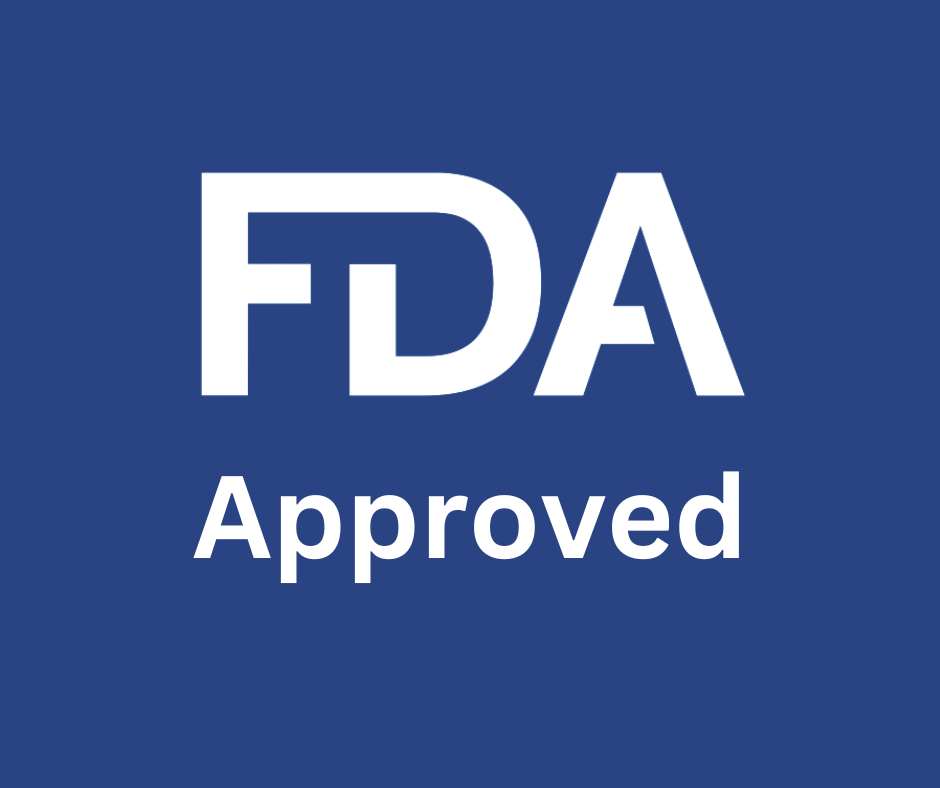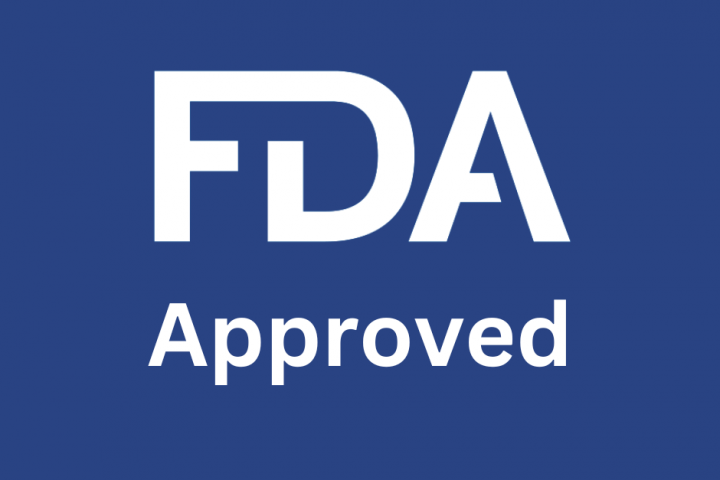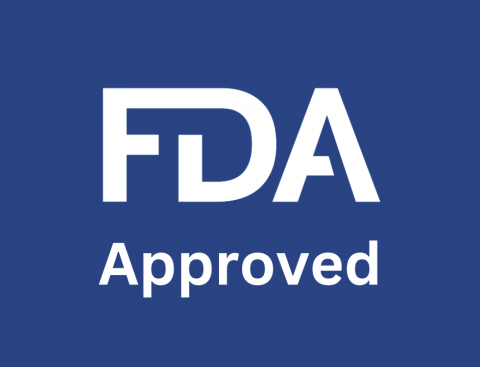On March 16, 2023, the U.S. Food and Drug Administration approved dabrafenib and trametinib for pediatric patients 1 year of age and older with low-grade glioma (LGG) with a BRAF V600E mutation who had progressed following surgical excision or were non-surgical candidates requiring systemic therapy. LGG is the most common brain cancer in the pediatric population and 15-20% harbor the BRAF V600E mutation, which is associated with poor response to chemotherapy and survival.
Study ID number: NCT02684058
The approval was based on TADPOLE, a multicenter, open-label phase 2 trial that included 110 patients with WHO grades 1 and 2 low-grade gliomas who harbored a BRAF mutation. Patients who met the eligibility criteria were randomly assigned to receive dabrafenib plus trametinib (D+T) or carboplatin plus vincristine (C+V). Patients received age and weight-based dosing until progression or the development of serious side effects.
The primary efficacy outcome was overall response rate (ORR). Additional outcome measures were progression-free survival and overall survival.
Among 110 patients, 73 patients received dabrafenib with trametinib, and 37 received carboplatin plus vincristine. The primary analysis was performed after the completion of 32 weeks of treatment. ORR was noted to be 46.6% (95% CI: 34.8, 58.6) in the D+T arm as compared to 10.8% (95% CI: 3.0, 25.4) in the C+V arm (p= <0.001). The duration of response was 23.7 months in the D+T arm and not estimable in the C=V arm. PFS was 20.1 months (95% CI: 12.8, not estimable) and 7.4 months (95% CI: 3.6, 11.8) (HR=0.31 [95% CI: 0.17, 0.55]; p= <0.001) in the D+T and C+V arms, respectively. OS at the time of Interim analysis had not reached statistical significance.
Dabrafenib is administered orally twice daily and trametinib is administered orally once daily. Dosage is based on body weight. Liquid formulations of these drugs have also been approved, making them suitable for administration in young children. The most common side effects were pyrexia, rash, headache, vomiting, musculoskeletal pain, fatigue, nausea, and diarrhea, among others.





